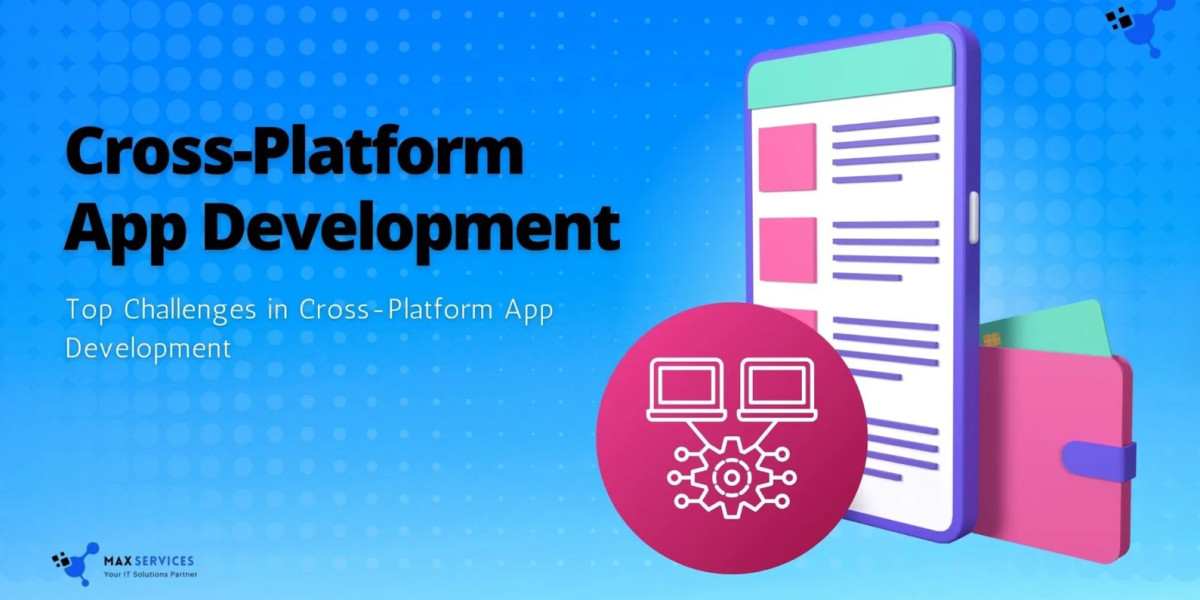Optimizing Performance Across Platforms
One of the major concerns in cross-platform app development is ensuring smooth and efficient performance across different operating systems and devices.
Code Execution and Rendering Issues
Cross-platform applications often rely on a bridge to facilitate communication between the app’s UI code and the native platform code. This additional layer can introduce performance bottlenecks, particularly in high-demand scenarios such as animations, intensive computations, or processing large volumes of data. In contrast, native applications are compiled specifically for each platform, allowing for better optimization.
Device-Specific Performance Variations
Performance inconsistencies arise due to the diversity in hardware and system configurations across devices. For instance, an iPhone may handle resource-intensive tasks differently compared to an entry-level Android device. Cross-platform apps may not always be optimized for each hardware variation, leading to discrepancies in user experience.
Balancing Code Reusability with Performance
While frameworks like Flutter and React Native enable code reusability, they may not always produce the most efficient code compared to platform-specific development. Developers often need to make trade-offs between reusability and performance optimization, requiring additional effort to implement platform-specific tweaks using native modules or memory and CPU optimizations.
Ensuring UI/UX Consistency
A seamless user experience is crucial to the success of any mobile app. While cross-platform frameworks aim to provide consistent UI elements, maintaining a uniform experience across iOS and Android remains a challenge.
Adapting to Platform-Specific Design Guidelines
Each operating system follows distinct design principles. iOS prioritizes minimalistic aesthetics, while Android allows for more customization and diverse UI elements. Cross-platform frameworks offer built-in components designed to mimic native UI elements, but they may not always capture the full essence of each platform’s design philosophy, potentially leading to suboptimal user experiences.
Managing Device Fragmentation
Beyond platform differences, screen sizes, resolutions, and aspect ratios vary widely, especially in the Android ecosystem. While Apple devices maintain relative consistency, the multitude of Android screen configurations makes responsive design more complex. Some frameworks struggle to handle these differences effectively, leading to layout inconsistencies or blurry visuals on certain devices.
Accessing Native Device Features
Many mobile apps require integration with device-specific functionalities such as GPS, camera, Bluetooth, and sensors. In native app development, direct access to these features is readily available through platform-specific SDKs, but this process is more complicated in cross-platform development.
Limitations of Native Modules and Plugins
Cross-platform frameworks offer plugins and modules to facilitate access to native features. However, these tools may not always be as comprehensive or reliable as native implementations. In some cases, developers need to write custom native code, which diminishes the advantages of a unified codebase.
Platform-Specific Restrictions
Operating systems impose their own constraints on certain functionalities. Apple enforces strict policies on background services and location tracking, whereas Android offers more flexibility. Developers must account for these differences to ensure compliance and smooth functionality across platforms.
Debugging and Testing Complexities
Testing and debugging cross-platform applications come with unique challenges due to the additional abstraction layers introduced by frameworks.
Dealing with Framework-Specific Bugs
Cross-platform development introduces potential issues not only within the app’s code but also within the framework itself. Bugs may arise due to the abstraction layer, making it harder to pinpoint and resolve issues. Additionally, some problems may only manifest on one platform, complicating the debugging process.
Addressing Platform-Specific Issues
Although cross-platform frameworks strive for consistency, discrepancies still exist between operating systems, OS versions, and device configurations. Ensuring that an app functions correctly across different versions and devices requires rigorous testing on both Android and iOS platforms.
Automated testing tools and continuous integration (CI) systems help streamline this process by identifying bugs early in development.
Managing App Maintenance and Updates
Post-launch app maintenance is a critical aspect of development. Cross-platform apps require ongoing updates, but handling these across multiple platforms can be challenging.
Handling Platform-Specific Updates
If an OS update introduces new features or restrictions, developers may need to adjust the app’s codebase to accommodate these changes. Framework updates can also introduce breaking changes, necessitating modifications in the app’s implementation.
Dependence on Third-Party Libraries
Cross-platform frameworks rely heavily on third-party libraries and dependencies for added functionality. These libraries may become outdated, leading to compatibility issues when new OS versions are released. Additionally, reliance on external libraries introduces security risks, requiring continuous monitoring and updates.
Addressing Security Concerns
Security is a fundamental aspect of mobile app development, especially when handling sensitive user data.
Potential Vulnerabilities in Frameworks
The use of shared libraries and communication layers in cross-platform frameworks can introduce security vulnerabilities. Hackers may exploit weaknesses in the framework to access user data or compromise app integrity.
Leveraging Platform-Specific Security Features
Each operating system offers its own security measures, such as Apple’s Keychain and Android’s secure storage options. Cross-platform frameworks may not fully support these security features, requiring additional work to implement secure data storage and encryption.
Managing Costs and Resources
While cross-platform development is often perceived as cost-effective, the reality is more nuanced.
Hidden Development Costs
Developing a single codebase may reduce initial costs, but additional resources are often needed for platform-specific customizations and debugging. Developers must be well-versed in the chosen framework (e.g., React Native, Flutter) and may require extra expertise for native integrations.
Resource Allocation Challenges
Maintaining cross-platform apps may demand more time and effort than initially expected. Balancing performance optimization, debugging, and testing across multiple platforms can increase development time and costs.
Community Support and Documentation
The success of cross-platform development largely depends on the availability of a strong community and well-maintained documentation.
Framework-Specific Challenges
Different frameworks offer varying levels of community support. While popular frameworks like React Native and Flutter have robust communities, others may lack sufficient resources and support.
Keeping Up with Evolving Documentation
Cross-platform frameworks evolve rapidly, and maintaining up-to-date documentation can be challenging. Outdated or incomplete documentation can slow development, making it harder for developers to find solutions to issues.
Conclusion
Cross-platform app development presents numerous advantages, including cost and time savings, but it also comes with significant challenges. From performance optimization and UI/UX consistency to security risks and debugging complexities, developers must carefully navigate these hurdles to create a successful application.
Advancements in frameworks like Flutter, React Native, and Xamarin continue to address these challenges, making cross-platform development more efficient. By staying informed about industry trends, adopting best practices, and leveraging the right tools, businesses can successfully deploy high-quality cross-platform applications that meet user expectations and market demands.






